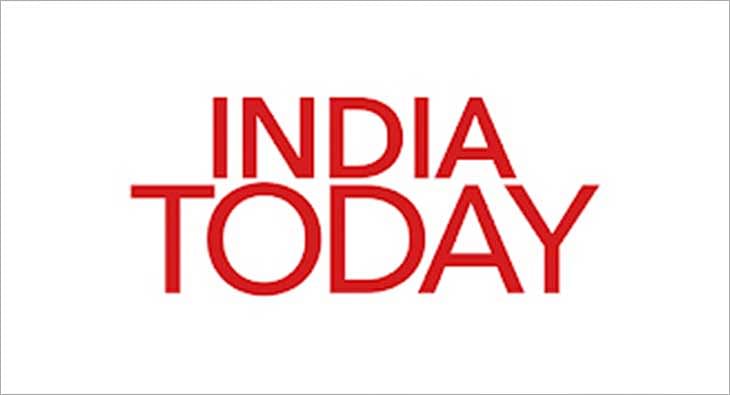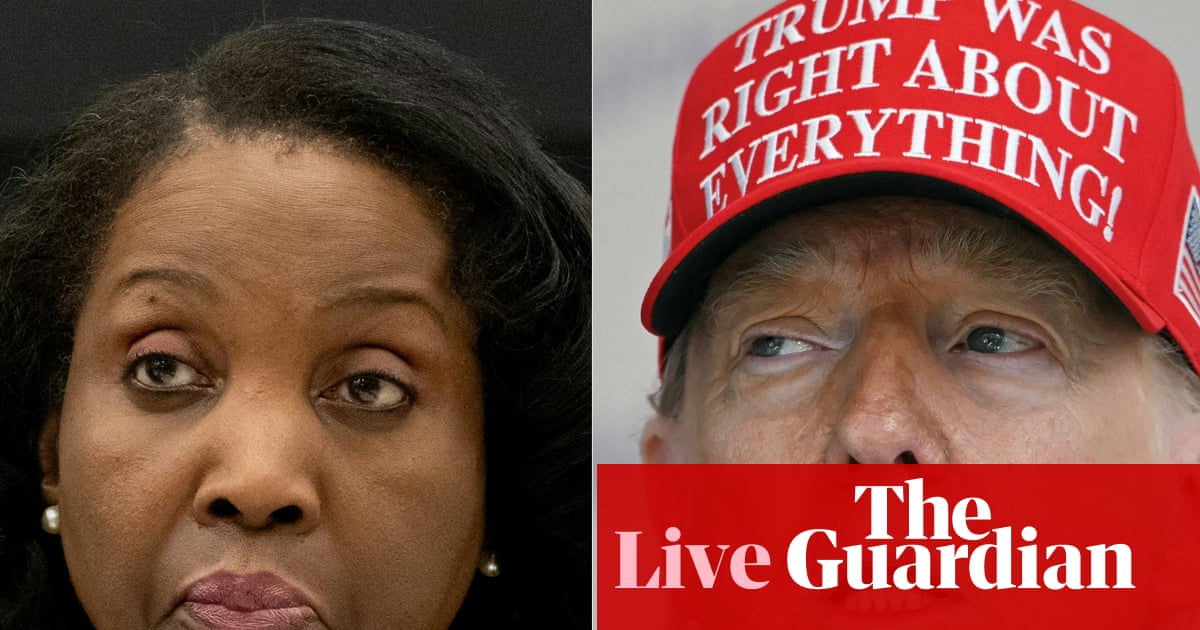As Modi meets Xi at SCO 2025, decades of mistrust, border tensions, and past betrayals hang heavy. Every handshake, every word is strategic. Can diplomacy finally overcome history's shadow, or is this summit just the calm before the next storm?

Indian Prime Minister Narendra Modi with Chinese President Xi Jinping
Narendra Modi's first visit to China in seven years represents far more than diplomatic courtesy. When the Indian Prime Minister meets Xi Jinping at the 2025 Shanghai Cooperation Organisation Summit, it will mark a critical juncture in one of the world's most volatile relationships—a relationship defined by suspicion, betrayal, and competing ambitions for Asian dominance.
The backdrop to this encounter is explosive. The ghosts of Galwan still haunt both nations. In 2020, soldiers on both sides died in brutal hand-to-hand combat along the Line of Actual Control, shattering any remaining illusions about Sino-Indian brotherhood. Today, thousands of troops remain dug in across the militarised Himalayas, manning roads, bunkers, and airstrips that have transformed the world's highest mountains into a potential battleground.
China's provocations continue to wound Indian pride. Maps claiming Arunachal Pradesh as "South Tibet" are published with deliberate regularity. Every Chinese patrol crossing disputed zones represents another calculated slight. Beijing's embrace of Pakistan adds salt to these wounds—the China-Pakistan Economic Corridor slices through territory India considers its own, whilst China shields terrorists at the United Nations and arms Pakistan against Indian interests.
Yet circumstances have forced an unlikely convergence. Trump's 2025 tariff war battered both economies mercilessly, leaving supply chains in tatters and markets trembling. For once, India and China faced the same storm. Beijing even publicly supported India's protests against American tariffs—a rare moment of tactical alignment born from necessity, not trust.
This economic pressure has triggered cautious rapprochement. Flights have resumed between the nations. Visa restrictions have eased. Pilgrim routes to sacred sites have reopened. Trade flows are gradually returning, accompanied by working groups on climate and technology cooperation. But these moves represent survival instincts, not friendship.
India's approach to China has been marked by strategic miscalculations. Modi placed excessive faith in personal diplomacy, believing rapport could substitute for robust planning. The abrogation of Article 370 proceeded without adequate preparation for Chinese fallout. India's strategy has zigzagged between reactive and aggressive stances, missing opportunities for stable engagement whilst failing to anticipate Chinese moves.
China's betrayals follow a depressingly familiar pattern. The 1950s promise of "Hindi-Chini Bhai Bhai" (Indians and Chinese are brothers) crumbled with the 1962 war. Since then, Beijing has perfected the art of humiliation—refusing ambassadors, blocking India's global aspirations, and striking militarily whilst maintaining diplomatic smiles.
Beyond bilateral tensions, China has systematically blocked India's rise on the world stage. Membership in the Nuclear Suppliers Group? Vetoed. UN Security Council reform? Blocked. Every available lever has been deployed to keep India just short of global parity.
The SCO summit will test whether pragmatism can finally triumph over historical grievances. Both leaders understand that neither can solve decades of mistrust in a single meeting. What they can achieve is functional rivalry management—de-escalating immediate tensions, resuming beneficial trade, and collaborating where interests align.
This is not about friendship; it's about survival in a multipolar world where both giants must coexist. The world will watch whether SCO 2025 produces incremental progress or merely represents another pause before the next betrayal in Asia's most consequential relationship.
- Ends
Published By:
indiatodayglobal
Published On:
Aug 29, 2025

 1 hour ago
1 hour ago
















